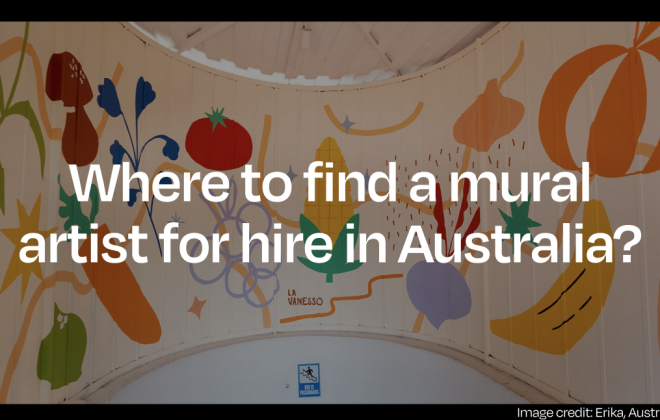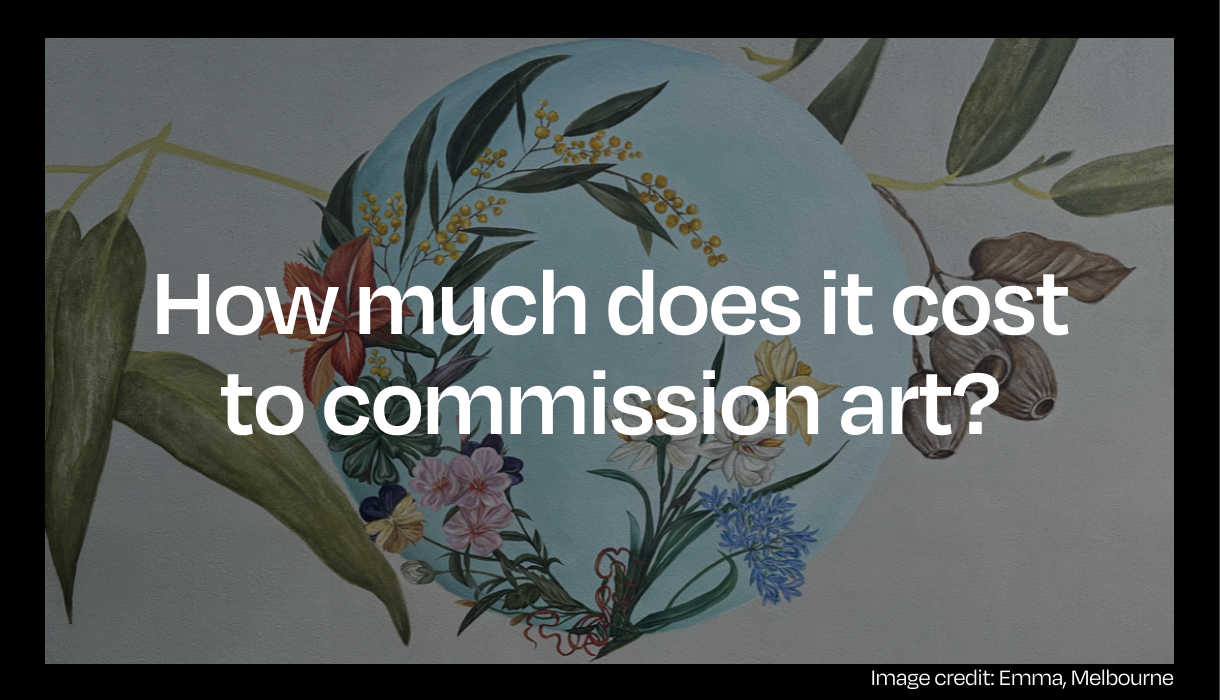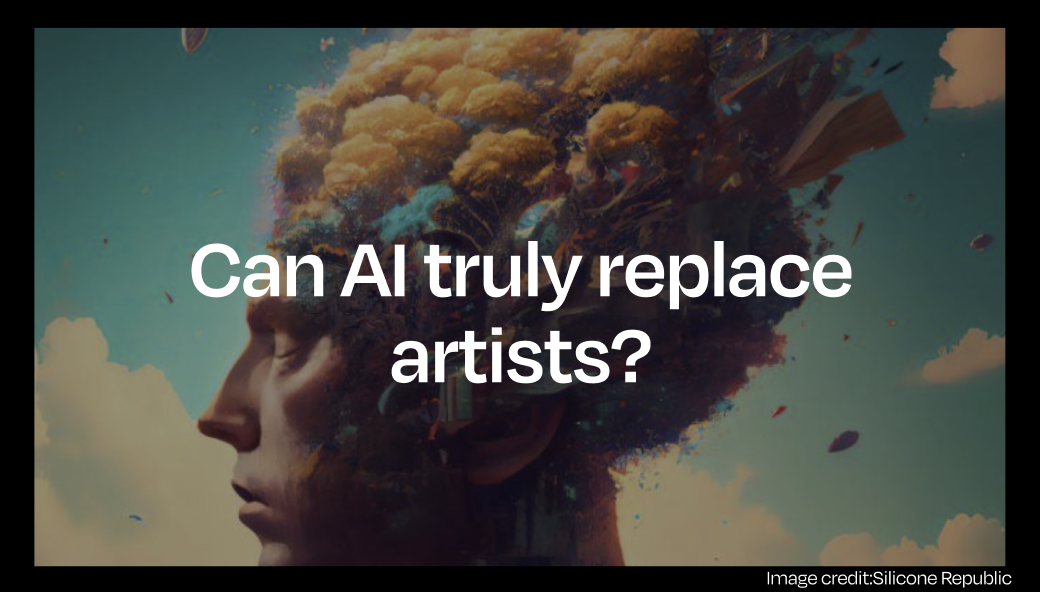
Can AI truly replace artists?
In a world where technological advancements seem to know no bounds, the debate over whether artificial intelligence can replace the unique touch of artists and painters has sparked fervent discussions among enthusiasts and skeptics alike. While AI has undeniably made remarkable strides in various fields, can it truly replicate the intricate beauty and emotional depth that artists bring to their canvases?
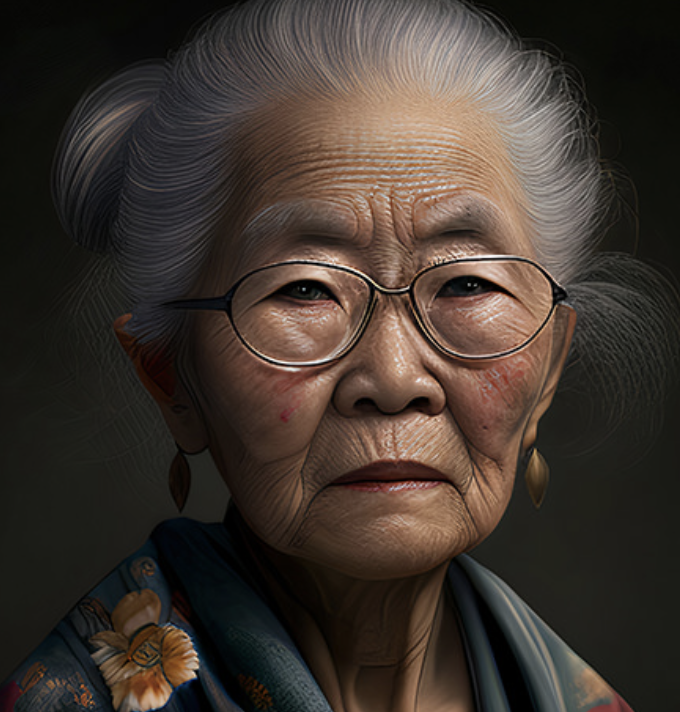
The Rise of AI
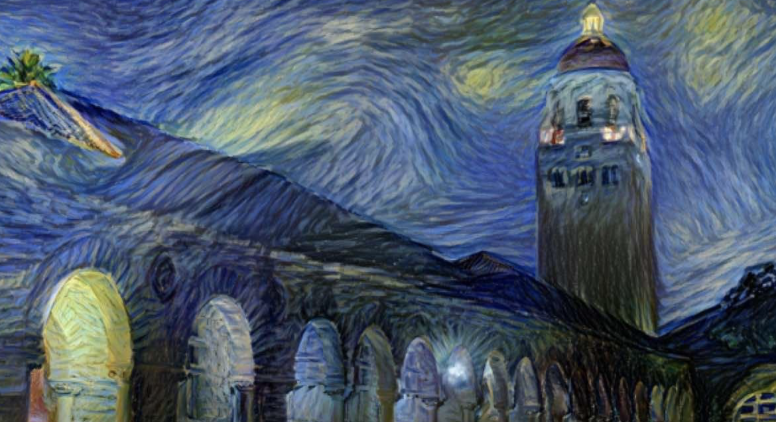
Artificial intelligence has made significant strides in the realm of visual arts. From generating mesmerising digital paintings to creating intricate designs, AI algorithms have demonstrated an impressive ability to mimic certain artistic styles. Proponents of AI in art argue that these systems can analyse vast amounts of artistic data, learn patterns, and produce stunning visuals that rival those crafted by human hands.
AI’s advocates often point to the efficiency and precision with which machines can generate art. They argue that AI algorithms can produce countless pieces of art in a fraction of the time it takes a human artist. This efficiency, they claim, could revolutionise the art industry, making creative works more accessible and affordable for a broader audience.
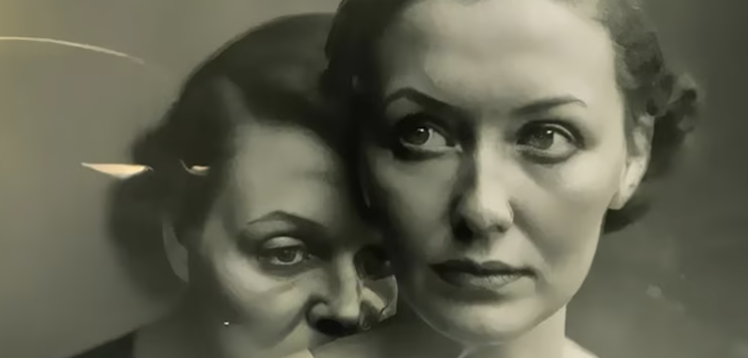
Can the human touch really be beat?
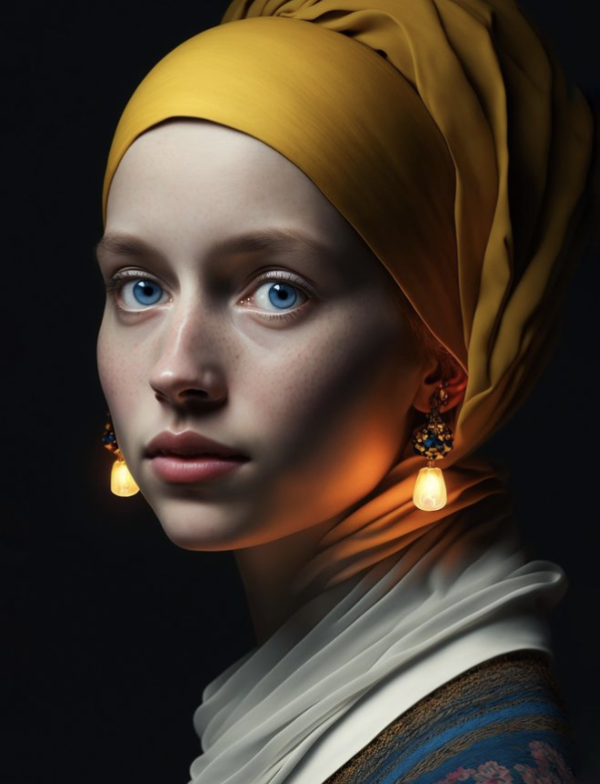
While AI can undoubtedly replicate certain aspects of artistic styles, it faces a formidable challenge in capturing the essence of human emotion and intuition—the intangible elements that breathe life into a piece of art. Artists infuse their creations with personal experiences, emotions, and unique perspectives, resulting in a connection between the artwork and the observer.
There’s an unmistakable authenticity in the imperfections, the raw strokes of a brush, and the subtle nuances that only a human artist can bring to their work. Machines lack the personal touch, the ability to channel their own emotions and experiences into their creations. Can a machine truly capture the ineffable beauty of a sunset, the heart-wrenching pain of loss, or the joyous celebration of love?
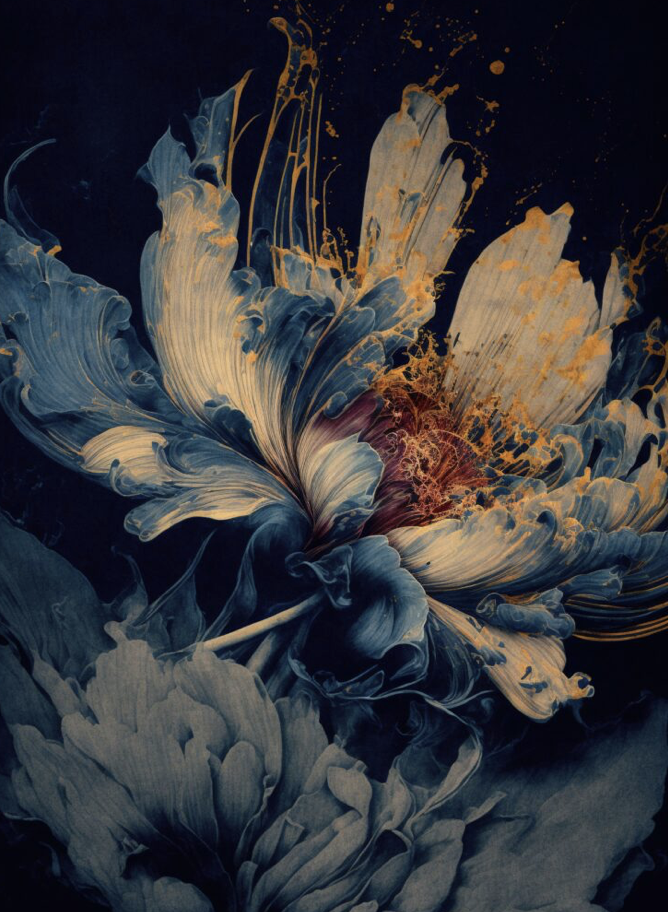
AI Limitations
Despite the incredible progress made by AI in visual arts, it remains bound by the limitations of its algorithms. AI systems rely heavily on existing data and patterns, limiting their ability to break free from predefined styles. While they can replicate artistic techniques, they struggle to push the boundaries of creativity and produce truly groundbreaking, original works.
Artists thrive on experimentation, pushing the limits of their craft to create something entirely new and unexpected. The unpredictability of human creativity is a force that machines, with all their computational power, struggle to emulate.
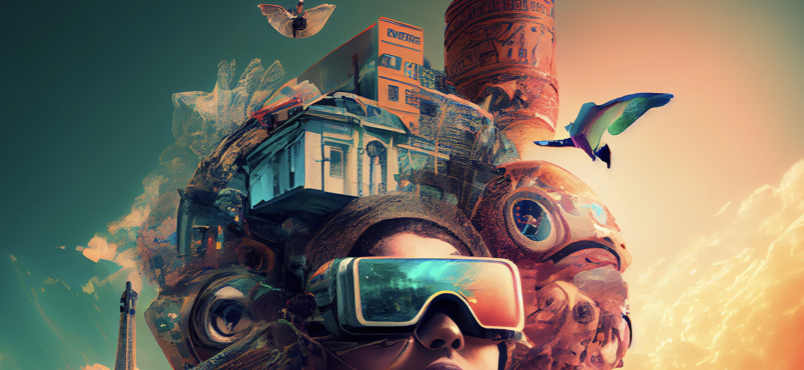
Can AI and Artists work together?
Rather than viewing AI as a threat to artistic expression, many argue that its true potential lies in collaboration with human artists. Some contemporary artists actively incorporate AI into their creative processes, using it as a tool to enhance and complement their vision. This collaborative approach harnesses the strengths of both human creativity and machine precision, resulting in a fusion of the traditional and the futuristic.
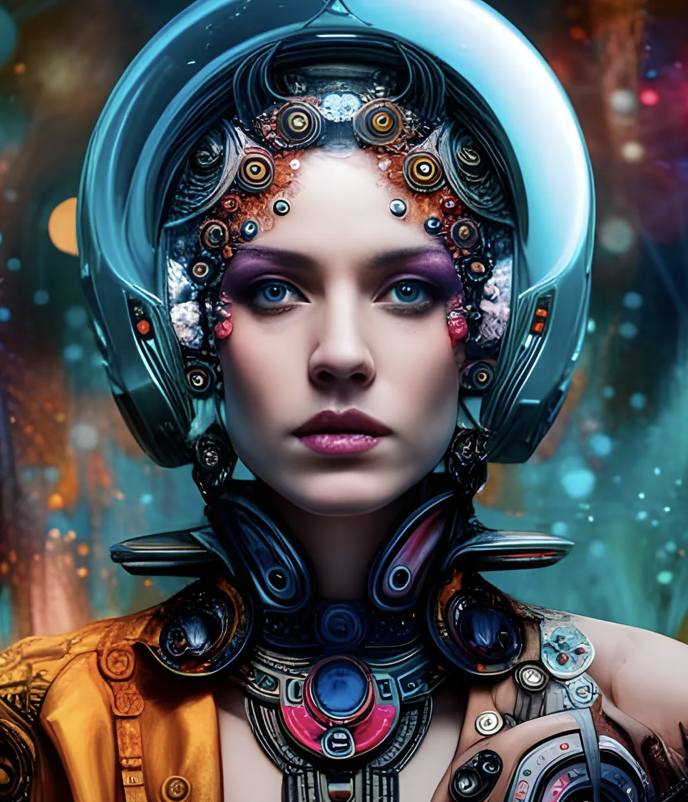
While AI has certainly made impressive strides in the visual arts, the intrinsic qualities of human creativity, emotion, and intuition remain elusive to machines. Rather than viewing AI as a potential replacement for artists and painters, it seems more likely that the future lies in a harmonious collaboration between humans and machines.
The brushstrokes of a painter, the emotional depth of a sculpture, and the soulful melodies of a musician are, for now, uniquely human expressions. As we navigate the evolving landscape of technology and creativity, let us embrace the idea that AI can be a powerful ally in the artistic journey, but the essence of true artistry will forever reside in the hearts and minds of human creators.
Want to know what artists thing? Check out our AI Artists Survey from 2023.
Check out top-rated local artists near you!
Are you an artist ? Sign Up










